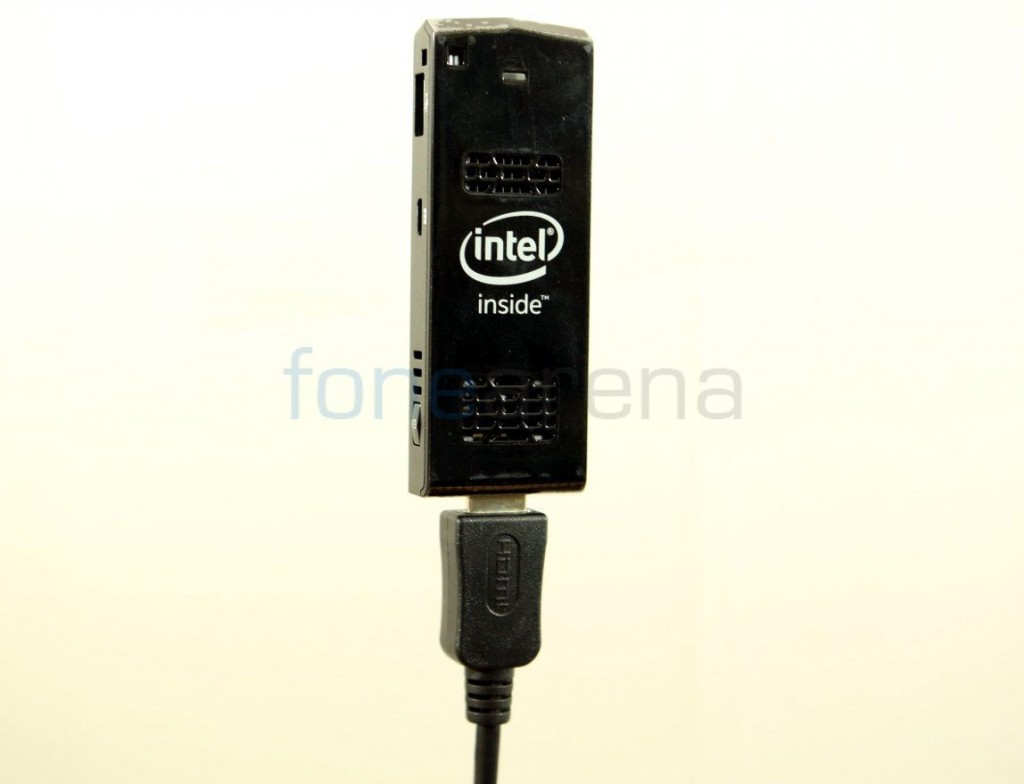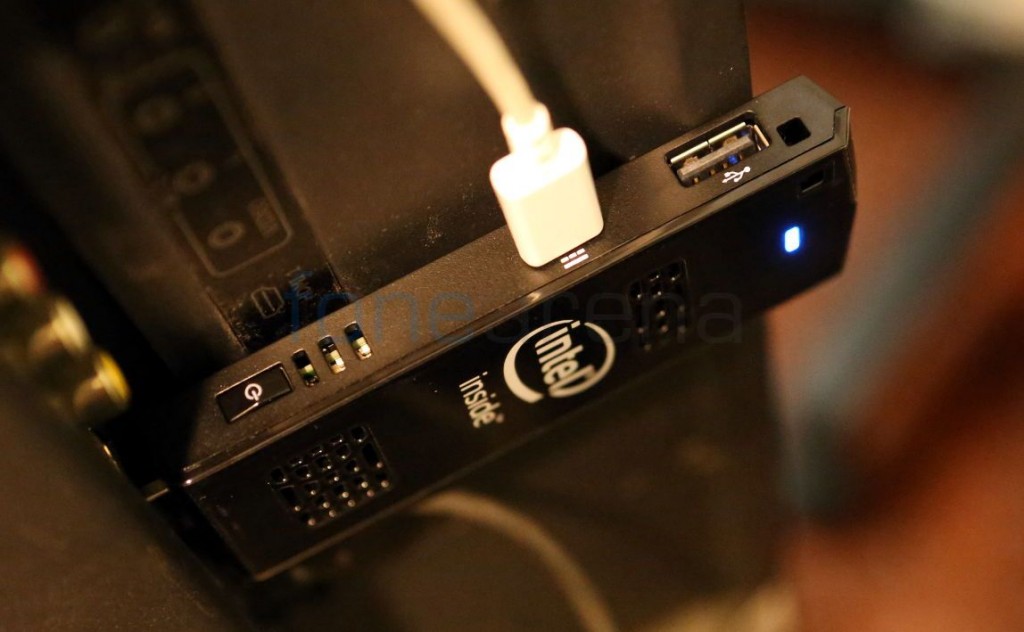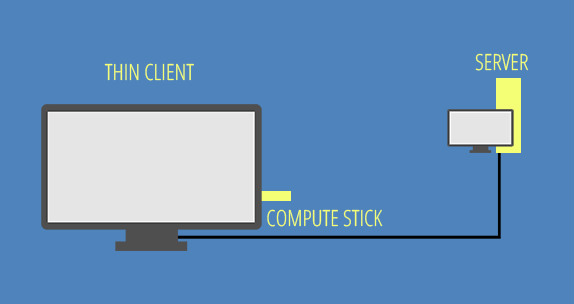The Compute stick from Intel is a great proof of concept for mobile-driven x86 computing. Atom chips are now so small that, accompanied by smaller fans, they are now in extremely portable devices like the aptly named compute stick. This small stick turns any HDMI display into a full blown computer, thereby enabling unique use cases. Let’s talk about some of them now.
httpv://www.youtube.com/watch?v=KlvHSasiq2g
First up, the compute stick for portable productivity. With app data and files roaming across devices thanks to the cloud, the Compute stick gives you the most portable way to take your files anywhere, along with the processing power that’s needed to edit or manipulate those files in a familiar environment. Imagine plugging the stick into a hotel TV and using it for updating your latest presentation. The quad core Atom processor provides enough power to run Office apps or even play high definition media, which brings us to the next use case.
The compute stick as a home media PC. With a desktop operating system and the power to play full HD media files without trouble, the compute stick could well be a decent home media PC. If your desktop already has a lot of media, accessing it would be easier from a Windows PC connected to the same network, only that the PC is connected to your TV on a small almost-invisible form factor.
Third, the compute stick as a thin client. Basically, the compute stick is a full blown computer. Not as powerful as a PC, sure, but powerful enough to be deployed as a thin client. A thin client is something like a portal to a more powerful computer that’s usually a server its connected to. Most of the work happens on the server, which can be local, as well as in the cloud, so all the thin client would need to do is be powerful enough to render the UI, which the compute stick can handle with ease.
Miniaturization of PC chips has made all these use cases possible. The Intel Atom chip, which found itself on a small mini ATX board initially, has now found its place in a lot of portable devices like phones, tablets and unique devices like the compute stick, which realize the use cases we had mentioned. So, what are your thoughts? What other use cases can be realized using the compute stick? Let us know in the comments section below.




